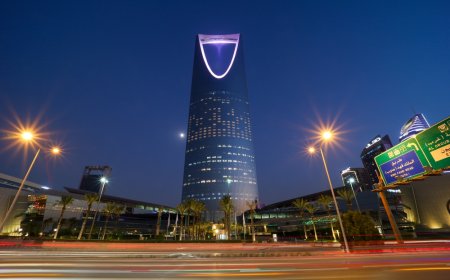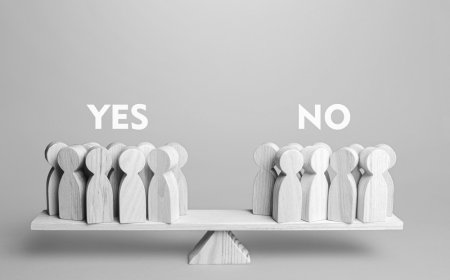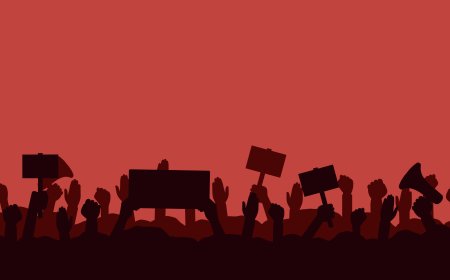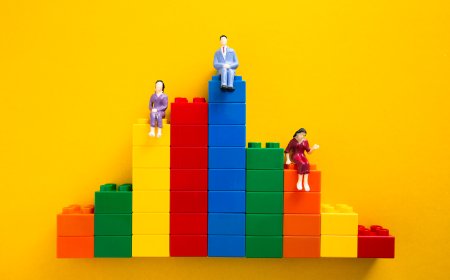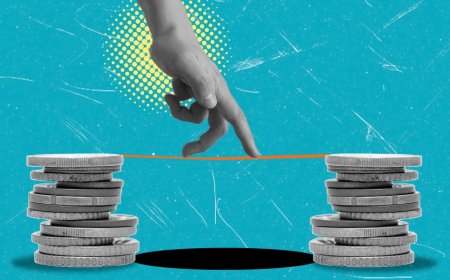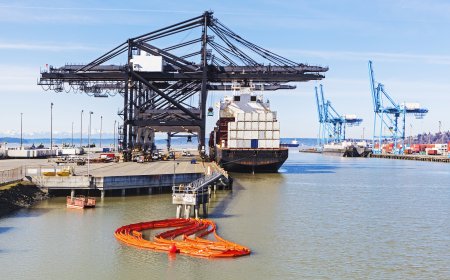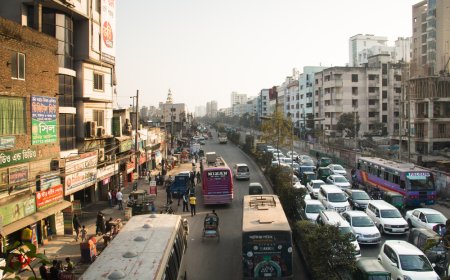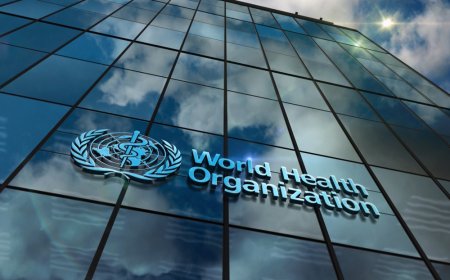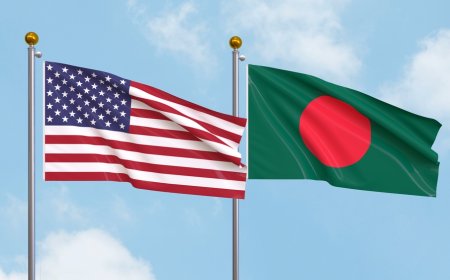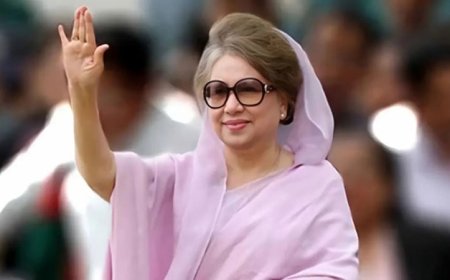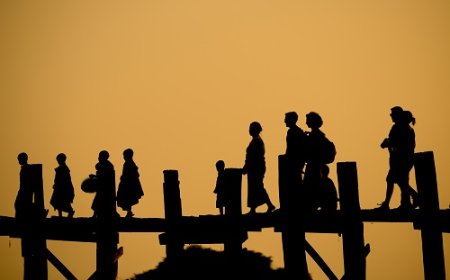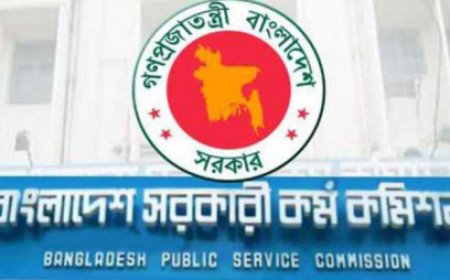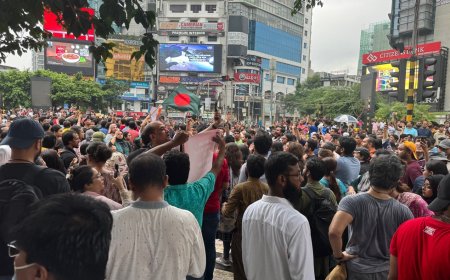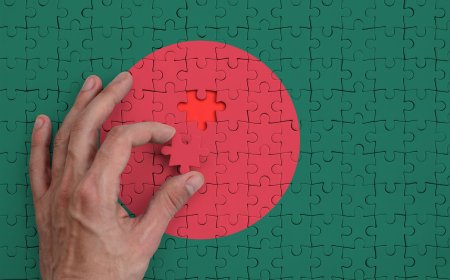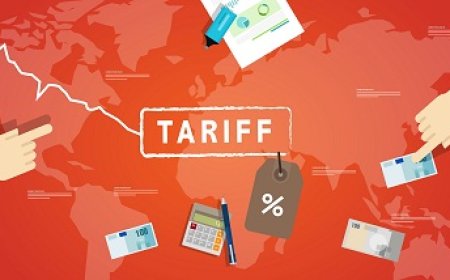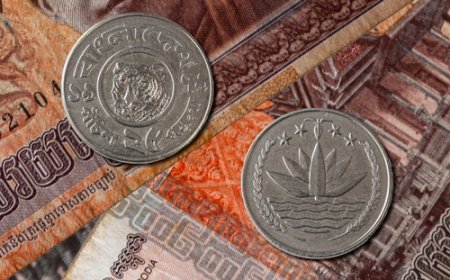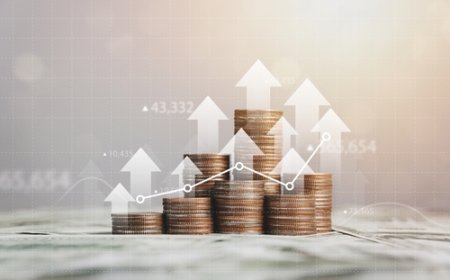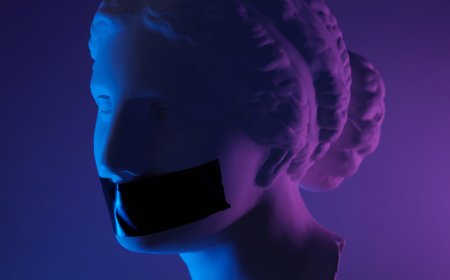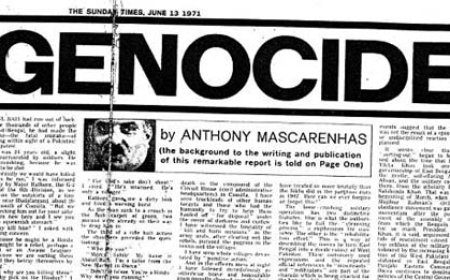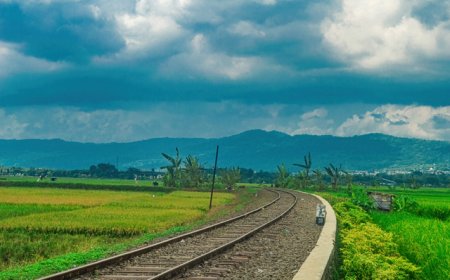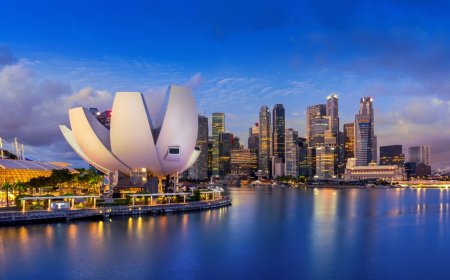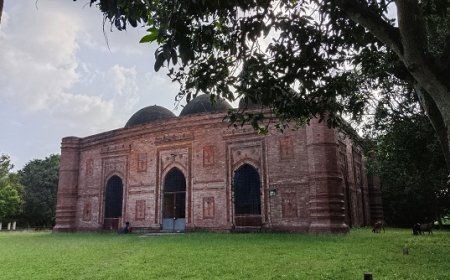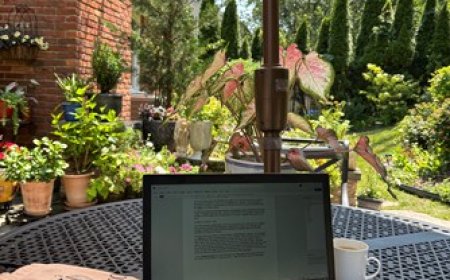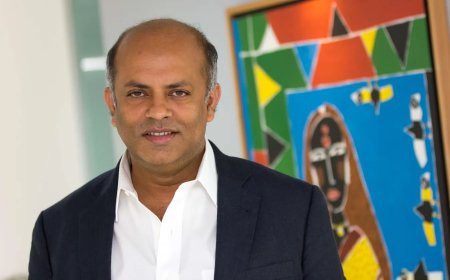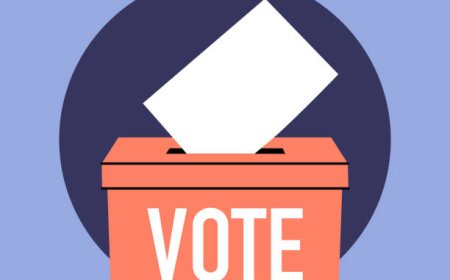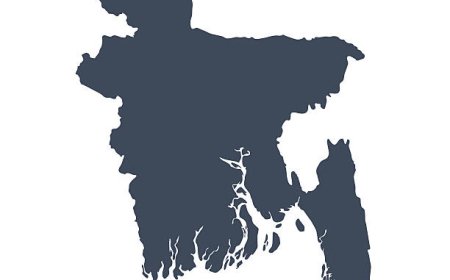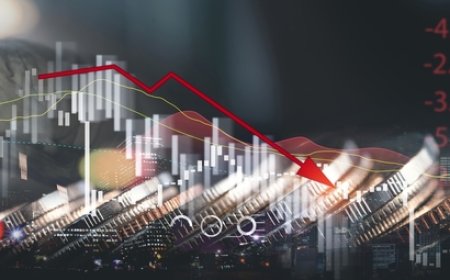The Economic Outlook Facing the Next Government
The interim government has done a creditable job stabilizing the economy and fixing the mess it inherited. But the incoming government is still going to have its work cut out for it, and we will need very safe hands to ensure that Bangladesh gets back on track.
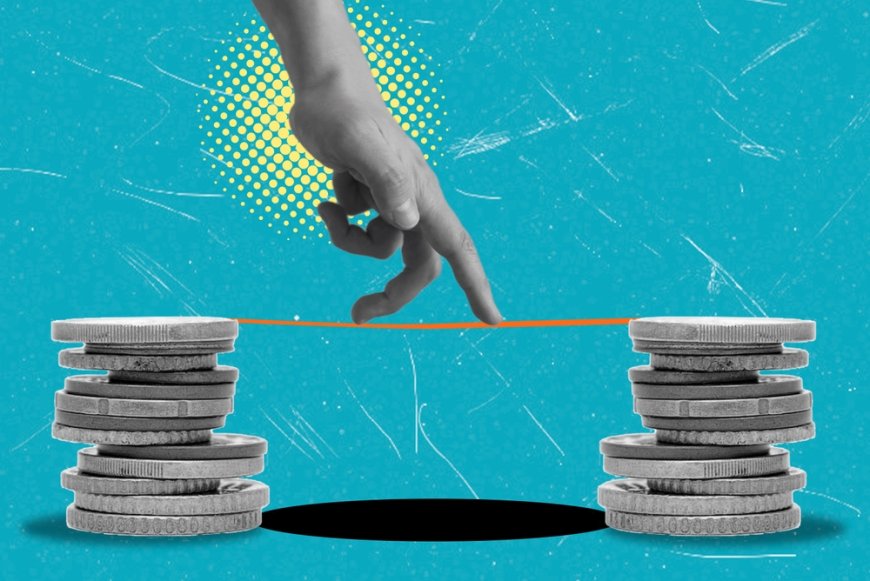
When interim government of Professor Yunus assumed office after the Long July, Bangladesh’s economy faced an imminent crisis. It wasn’t just the despotic prime minister who fled the country, but also most of her ministers and many senior officials (including the central bank governor) as well as many oligarchs intricately connected with the fallen regime. The banking sector was in shambles, with a significant risk of a run on the country’s largest private bank. Meanwhile, the taka had depreciated by over 40 percent over the previous two years despite the central bank losing over 20 billion dollars of its reserves. Several billion dollars of international payments were in arrears. And inflation was running at a decade high level.
The interim government took orthodox, some might say textbook, policy steps to stabilize the economy. Bank managements were changed promptly, their books audited, and the troubled banks are in the process of being consolidated. Monetary policy was tightened to stem inflation, while import restrictions were lifted. Fiscal policy was calibrated to support the monetary policy. Supply side measures were taken to help reduce prices of key commodities.
The net result has been that the country has avoided a crisis. The exchange rate has been stable, indeed facing moderate appreciation pressures. There has been no bank run. And no international payments are in arrears anymore. While this is surely welcome, the picture is somewhat gloomier when we look beyond the threat of a crisis.
Let’s start with inflation, which has eased from the record highs. However, as Chart 1a shows, non-food inflation remains stubbornly elevated, and international financial institutions don’t expect disinflation to go to lower than 6 percent rate until 2027 (Chart 1b). This means the incoming government should not expect a monetary easing any time soon after the election.
Chart 1: Inflation, actual and forecasts
|
a. CPI inflation, % through the year, 2016-25 |
b. CPI inflation, %, 2017-2030 |
|
|
|
Source: Bangladesh Bureau of Statistics, IMF, World Bank, Asian Development Bank, author’s calculations. Years are fiscal, ending on 30 June.
Of course, the misgovernance of the Hasina years as well as the disruptions of last monsoon took their toll on economic activities as well. Economic growth slowed sharply in the last years of the fallen regime, and the slowdown continued in 2024-25 fiscal year. As Charts 2 show, domestic private demand and production in the industry sector contributed significantly less to economic growth in the last fiscal year than the historical norm.
Chart 2: Contribution to GDP growth, percentage points, 2017-2025
|
a. GDP(E) |
b. GDP(P) |
|
|
|
Source: Bangladesh Bureau of Statistics, author’s calculation. Years are fiscal, ending on 30 June.
Private investment ground to a halt in 2024-25, and any durable economic recovery has to begin with the business sector. Political uncertainty and dismal law and order situation have undoubtedly weighed on private investment demand. A peaceful transition to a democratically elected government will help brighten the investment outlook. Nonetheless, international agencies do not forecast a rebound in either investment or GDP growth until 2026-27 (Charts 3). These forecasts underscore the importance of instilling private sector confidence -- through credible appointments to key posts and visible improvement in the law and order situation -- for economic recovery.
Chart 3: Growth, %, 2017-2030
|
a. Private investment |
b. GDP |
|
|
|
Source: Bangladesh Bureau of Statistics, IMF, World Bank, Asian Development Bank, author’s calculations. Years are fiscal, ending on 30 June.
Of course, any investment recovery will require financing, while recovery in economic growth will also raise imports. Bangladesh was already a capital importer before the pandemic, and the IMF expects savings to decline as a share of GDP into the medium term (Chart 4a). The current account is forecast to remain in deficit into the medium term (Chart 4b). With credible macroeconomic management, current account deficits are very much manageable. Equally, CAD of even one percent of GDP could well trigger trouble if economic governance is poor.
Chart 4: External balances, percent of GDP, 2017-30
|
a. Savings and Investment |
b. Current account |
|
|
|
Source: IMF, World Bank, Asian Development Bank. Savings-investment ratios are calendar years. CAD in fiscal year, ending on 30 June.
Chart 5: Debt and interest payments, %, 2017-30
|
a. Debt-GDP ratio |
b. Interest-expenditure to revenue ratio |
|
|
|
Source: IMF, World Bank, Asian Development Bank. Savings-investment ratios are calendar years. CAD in fiscal year, ending on 30 June.
The message to an incoming government is loud and clear -- policy credibility is vital. The newly elected government will have only a few weeks to prepare its first budget. The last time we had a democratic transition, back in 1991, Saifur Rahman handed down a budget that set the stage for a quarter century of sustainable and inclusive growth.
While we don’t know what the newly elected government will do, we do know that the fallen Hasina regime has left the nation with a debt burden. Both the IMF and the World Bank expect public debt to remain above 40 percent of GDP (Chart 5a) and while the IMF forecasts interest expenditures to consume around a quarter of revenue (Chart 5b) into the medium term. That is, the incoming government will face difficult fiscal trade offs if they are to meet their campaign promises.
Of course, no forecast is ever correct because economic forecasters are not prophets. All three international agencies list a number of risks to the forecasts, mostly on the downside. Continued political uncertainty tops the list, while natural disaster is a perennial one for Bangladesh. Global uncertainty also weighs on the outlook.
Against that, however, a peaceful transition to a democratically elected government with a credible economic reform platform presents a clear upside risk. As we approach the election, political parties would do well to outline their economic messages, because if they were to win office, it will be the economy that will make or break them.
What's Your Reaction?







